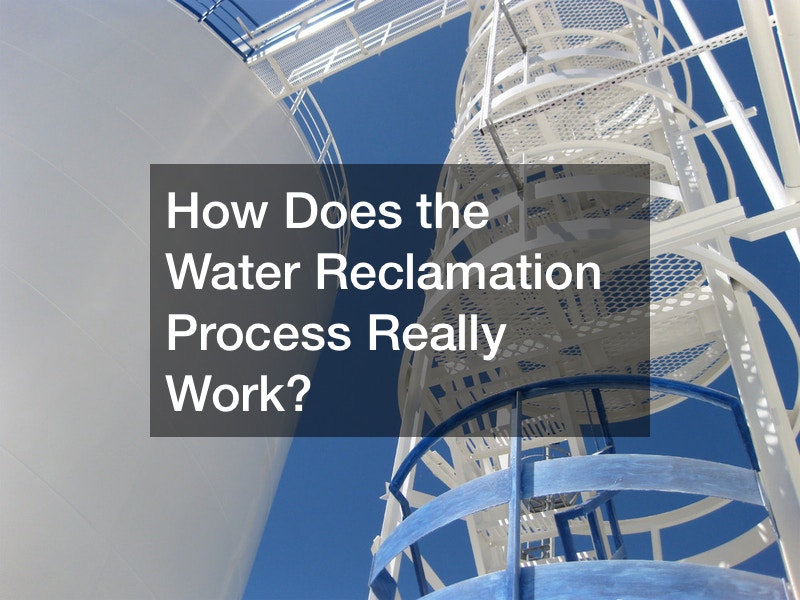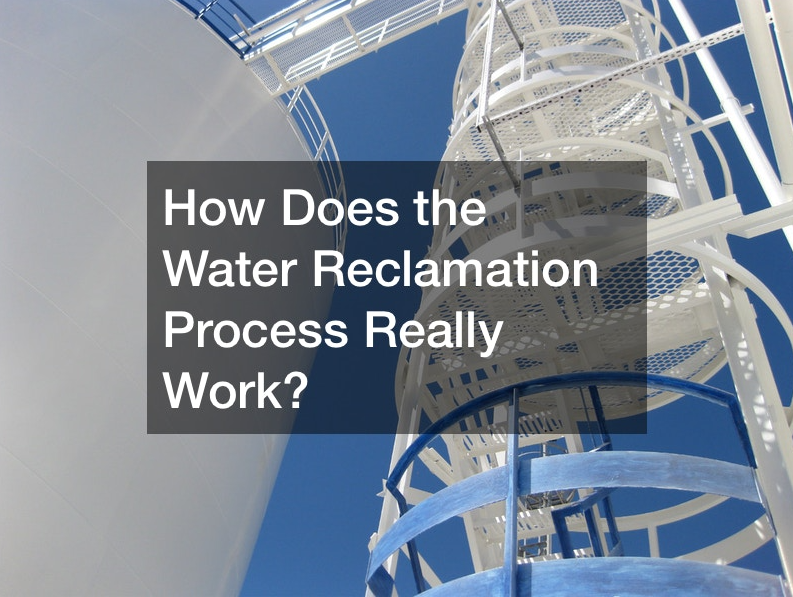How Does the Water Reclamation Process Really Work?



As shown in the video,” How Does It Work: Water Reclamation Process,” a water reclamation facility works by recycling wastewater and cleaning it. The two types of water produced are clean, usable reclaimed water and concentrated wastewater that is either recycled back into the manufacturing process or released back into the environment.
The process can be used in many different forms depending on the production process, from automotive manufacturing to food production to paper and pulp production. Although there are many types of water reclamation facilities, the process consists of four main steps.
These steps are:
Collection and Ingestion: During this step, the plant collects wastewater from the various processes that are taking place and then sent to the facility for processing. Typically these are pipes or large drains in which wastewater is collected after it has been used and then transported to a holding tank where it can be tested and monitored later.
Removal of Solids: Following the collection step, the facility removes any solids in the wastewater that trigger a positive test result. This process can involve several techniques depending on the type of wastewater and the technology used to treat it.
Treatment of Solids: The plant must also treat the solids removed from the wastewater before being released into the environment. Typically this involves chemical or physical processes and steps that remove, kill, or neutralize any bacteria and or toxic chemicals present in the material.
Reclaimed Water Collection: Reclaimed water is collected and stored in tanks during this step. These tanks then send reclaimed water to other downstream facilities where facilities can use it for several different purposes.
In summary, water reclamation is an essential and crucial part of the process that takes place in manufacturing facilities. Wastewater treatment plants carry it out to ensure that clean water is being produced and reused through several different techniques, including food production, textile production, paper and pulp production, and many others.
.
